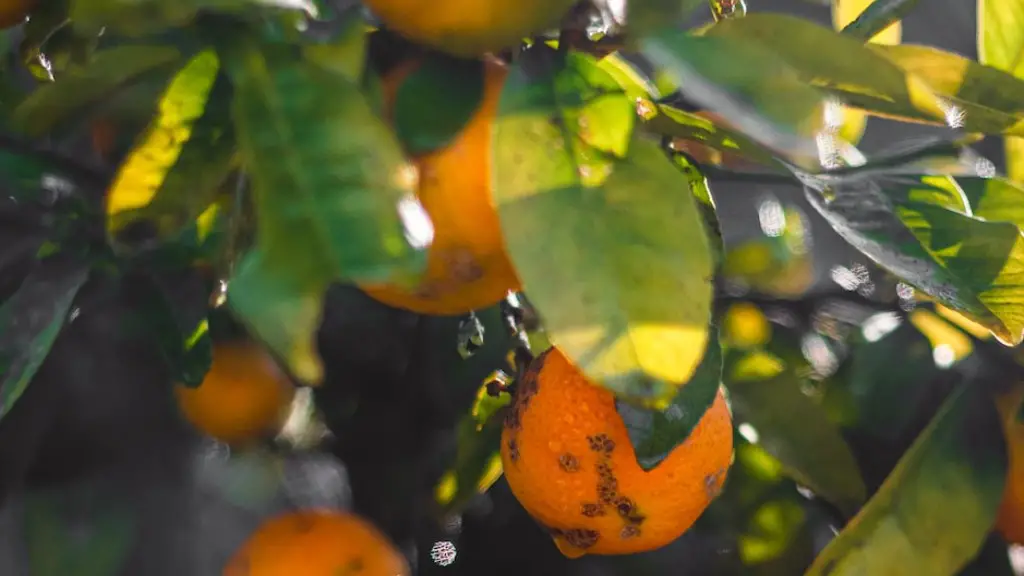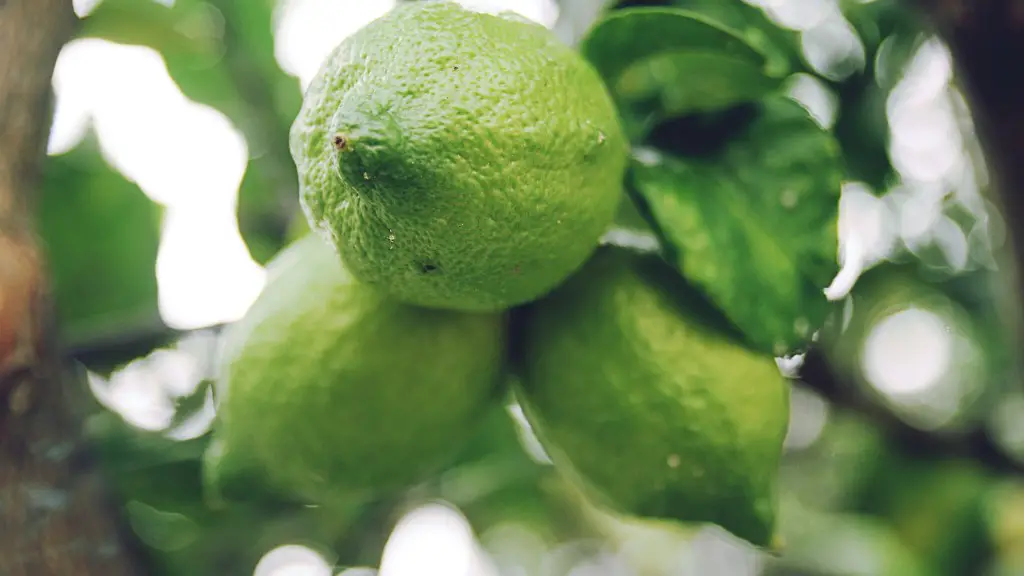When considering what size pot should be used for a dwarf lemon tree, there are several factors to consider. Firstly, the pot must be able to accommodate the dwarf tree’s root ball. If the root ball is too small, the tree will not be able to grow, and if it’s too large then there is too much soil, causing the root system to become waterlogged. Secondly, the container must have adequate drainage. For the lemon tree to thrive, it must be able to drain out excess water quickly, otherwise the roots could become overwatered. Thirdly, the pot must be light enough to be moved around as needed. Dwarf lemon trees can be brought indoors during the winter months and should be kept in a sunny spot. Finally, choosing an attractive pot can add charm to a home or garden.
Root Ball
When selecting a pot for a dwarf lemon tree, it is important to choose one that will fit the root ball. The size of the pot should be 2-3 times the size of the root ball of the tree. This will provide sufficient room for the plant to develop and the soil to remain loose. Too large a pot can cause the soil to be too wet and limit the oxygen circulation and drainage, leading to root rot.
Drainage
A container with adequate drainage holes is essential. The size and number of the drainage holes depend on the size of the pot and type of material used. Generally, 3-4 drainage holes 2-3cm in diameter should be good enough. If the pot is too shallow, the dampness can build up causing root rot or other diseases.
Weight & Portability
The weight and portability of the pot are important for many factors. For one, if the pot is too heavy, it will be difficult to move around. Also, if the lemon tree is brought indoors during winter, it may need to be moved from one spot to another in order to get enough sunlight. The pot should not be so light that it will tip over easily when the tree is in full bloom.
Visual Appeal
Lemon trees look gorgeous in any room or garden. Having an attractive pot to match is essential and adds a dash of charm. The pot should match the surrounding décor and should be chosen in a style and size that will complement the tree.
Winterizing
When winterizing a dwarf lemon tree, it is important to consider the pot size. A larger pot will provide greater insulation for the plant and can help keep the soil warm and dry. Additionally, larger pots take up more room and may require their own dedicated room or spot.
Indoor Cultivation
When cultivating a dwarf lemon tree indoors, it is important to keep the size of the pot in mind. A pot that is too large will make it difficult to move the tree from room to room or place to place, as well as allow too much soil to dry out. Furthermore, a pot that is too small will limit the growth of the tree and could cause root rot.
Fertilization
When fertilizing a dwarf lemon tree, the pot size should be taken into consideration. A larger pot allows more of the fertilizer to be absorbed and allows the tree to grow properly. Additionally, a larger pot can provide a better oxygen circulation for the soil. On the other hand, a pot that is too large will cause the soil to remain wet and may limit the root growth of the tree.
Container Materials
When choosing the type of pot for a dwarf lemon tree, it is important to consider the material and porosity. Clay or terra cotta pots are highly porous and best to allow proper drainage. They are also aesthetically pleasing. Plastic or metal containers are also suitable, however they should have adequate drainage holes and should be light enough to move.
Soil & Mulch
When choosing a pot for a dwarf lemon tree, the right soil mixture is essential. The soil should be light and fluffy with a loose texture. If the soil is too compacted, the roots may not be able to spread out properly. Additionally, mulch should be added to the pot for optimal drainage. It should be spread evenly around the root ball in order to keep moisture in and weeds out.

